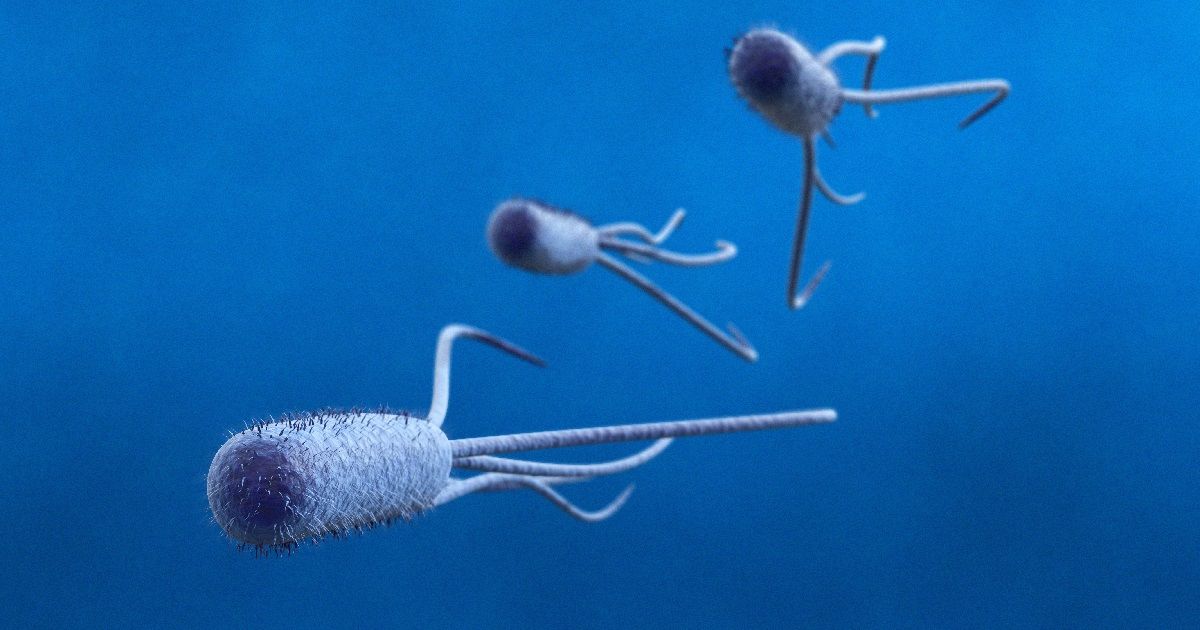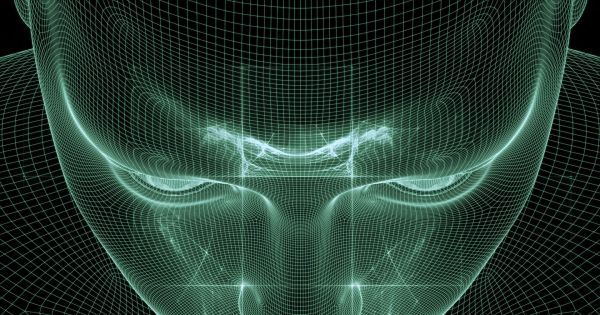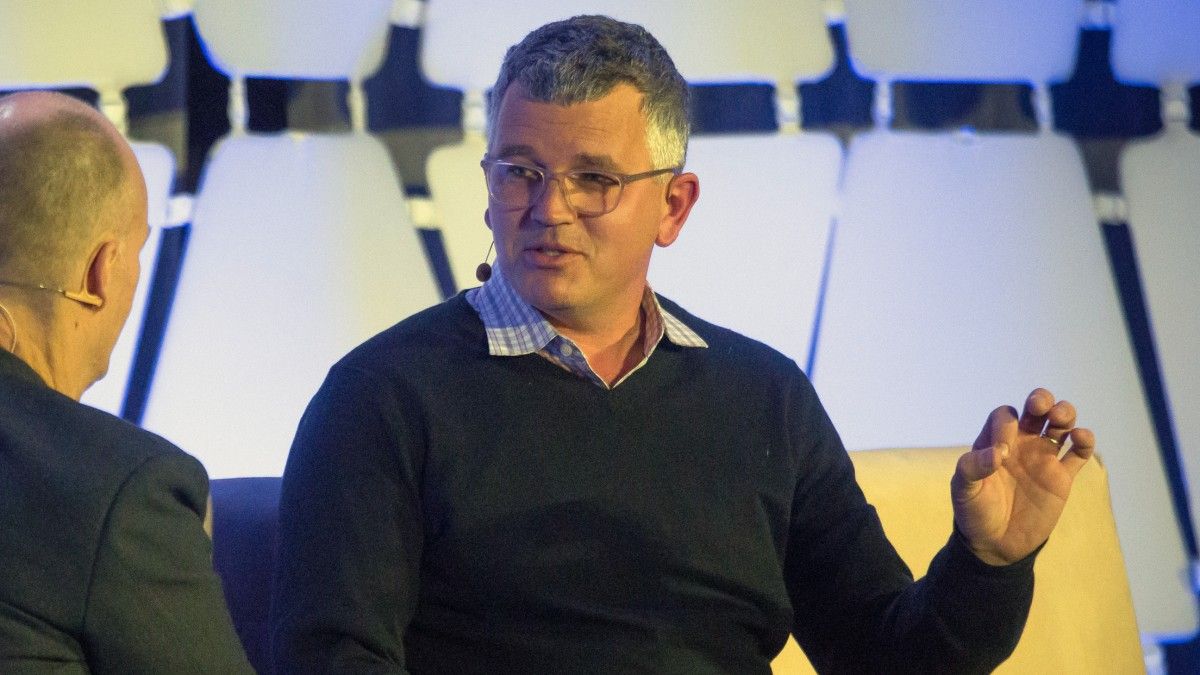Doing well on such a challenge would appear to require significant advances in AI technology, making it a potentially powerful way to advance the field. In this video, Carissa Schoenick discusses “Moving Beyond the Turing Test with the Allen AI Science Challenge,” in the September 2017 CACM.
Category: robotics/AI – Page 2,491

Bacteriobot Holds ‘A Lot Of Promise’ To Treat Cancer, Says Doctor
The new self-propelled, cancer-seeking bacteriobot swims right into the tumor and zaps it with a deadly payload of cancer drugs.
The recently perfected #bacteriobot holds ‘a lot of promise’ in treating #cancer says a physician. Cancer patients at a hospital in Montreal may be the first to be treated with these #nanorobots built out of bacteria.
Summary: The recently perfected bacteriobot holds ‘a lot of promise’ in treating cancer says a physician. Cancer patients at a hospital in Montreal may be the first to be treated with nanorobots built out of bacteria. The new self-propelled, cancer-seeking bacteriobot swims right into the tumor and zaps it with a deadly payload of cancer drugs. [Cover image: Getty Images/iStock.]
Google’s Futurist Ray Kurzweil once said that within decades, we will have nanobots, swimming through our veins keeping us healthy. The tiny robots will keep us healthy by correcting DNA errors, removing toxins, extending our memories and zapping cancer. The Futurist said that back in 2007, and his prophecy is becoming a reality, at least in the treatment of cancer.
Years spent developing bacteria-based nanobots are finally bearing fruit, and thanks to progress made by a physician at the Jewish General Hospital (JGH) in Montreal, cancer patients may be the first to be treated with tumor-killing nanorobots. The JGH doctors are using a newly-developed self-propelled, cancer-seeking nanorobot built out of bacteria and referred to as a bacteriobot, an amalgam of the words bacteria and nanorobot.

Unmanned ‘ghost’ ships are coming to our oceans
Current international shipping law states that ocean-going vessels must be properly crewed, so fully autonomous, unmanned ships aren’t allowed in international waters. As such, the Yara Birkeland will have to operate close to the Norweigan coast at all times, carrying out regular short journeys between three ports in the south of the country.
But change is afoot in the maritime sector, and earlier this year the UN’s International Maritime Organisation (IMO) began discussions that could allow unmanned ships to operate across oceans. This raises the prospect of crewless “ghost” ships crisscrossing the ocean, with the potential for cheaper shipping with fewer accidents.
Several Japanese shipping firms, for example, are reportedly investing hundreds of millions of dollars in the technology. And British firm Rolls-Royce demonstrated the world’s first remote-controlled unmanned commercial ship earlier this year.
Artificial Intelligence and Magnificent Brain
Shai Ben-David, Professor at the University of Waterloo, gave Machine Learning Course composed of 23 Lectures (CS 485/685) at the University of Waterloo on Jan 14, 2015…
Machine learning is the science of getting computers to act without being explicitly programmed. In the past decade, machine learning has given us self-driving cars, practical speech recognition, effective web search, and a vastly improved understanding of the human genome. Machine learning is so pervasive today that you probably use it dozens of times a day without knowing it. Many researchers also think it is the best way to make progress towards human-level AI.
Shai Ben-David holds a PhD in mathematics from the Hebrew University is Jerusalem. He has held postdoctoral positions at the University of Toronto in both the Mathematics and CS departments. He was a professor of computer science at the Technion in Haifa, Israel. Ben-David has held visiting positions at the Australian National University and Cornell University, and since 2004 has been a professor of computer science at the University of Waterloo in Canada.
Can the US Military Re-Invent the Microchip for the AI Era?
Trying to outrun the expiration of Moore’s Law.
As conventional microchip design reaches its limits, DARPA is pouring money into the specialty chips that might power tomorrow’s autonomous machines.
The coming AI revolution faces a big hurdle: today’s microchips.
It’s one thing to get a bunch of transistors on an integrated circuit to crunch numbers, even very large ones. But what the brain does is far more difficult. Processing vast amounts of visual data for use by huge, multi-cellular organism is very different from the narrow calculations of conventional math. The algorithms that will drive tomorrow’s autonomous cars, planes, and programs will be incredibly data-intensive, with needs well beyond what conventional chips were ever designed for. This is one reason for the hype surrounding quantum computing and neurosynaptic chips.

Facebook opens an A.I. research outpost in Canada
In addition to opening the lab, Facebook has committed about $5.75 million to support AI research at McGill, the University of Montreal, the Montreal Institute of Learning Algorithms and the Canadian Institute for Advanced Research, the company said in a Facebook blog post on Friday. Alphabet and Microsoft also have invested in AI at McGill and the University of Montreal.
The move comes a week after IBM said it would spend $240 million on a new AI lab in partnership with the Massachusetts Institute of Technology.
Facebook will support Canadian AI research in addition to setting up a lab in Montreal.

Facebook Has Developed AI That Can React Naturally to Human Expression
The Facebook AI lab has developed an animated bot that learned to respond naturally to human facial movements during conversation, so much so that volunteers rated its reactions as natural as a human’s.
Most of us are able to intuitively understand human facial expressions: in conversation, millions of tiny muscle movements change our eyes, mouth, head position and more to signal to our fellow humans what we’re thinking. These unconscious movements are what make us human, but they also make it exceptionally difficult for robots to imitate us — and make those that try seem creepy, as they enter the “uncanny valley.”

